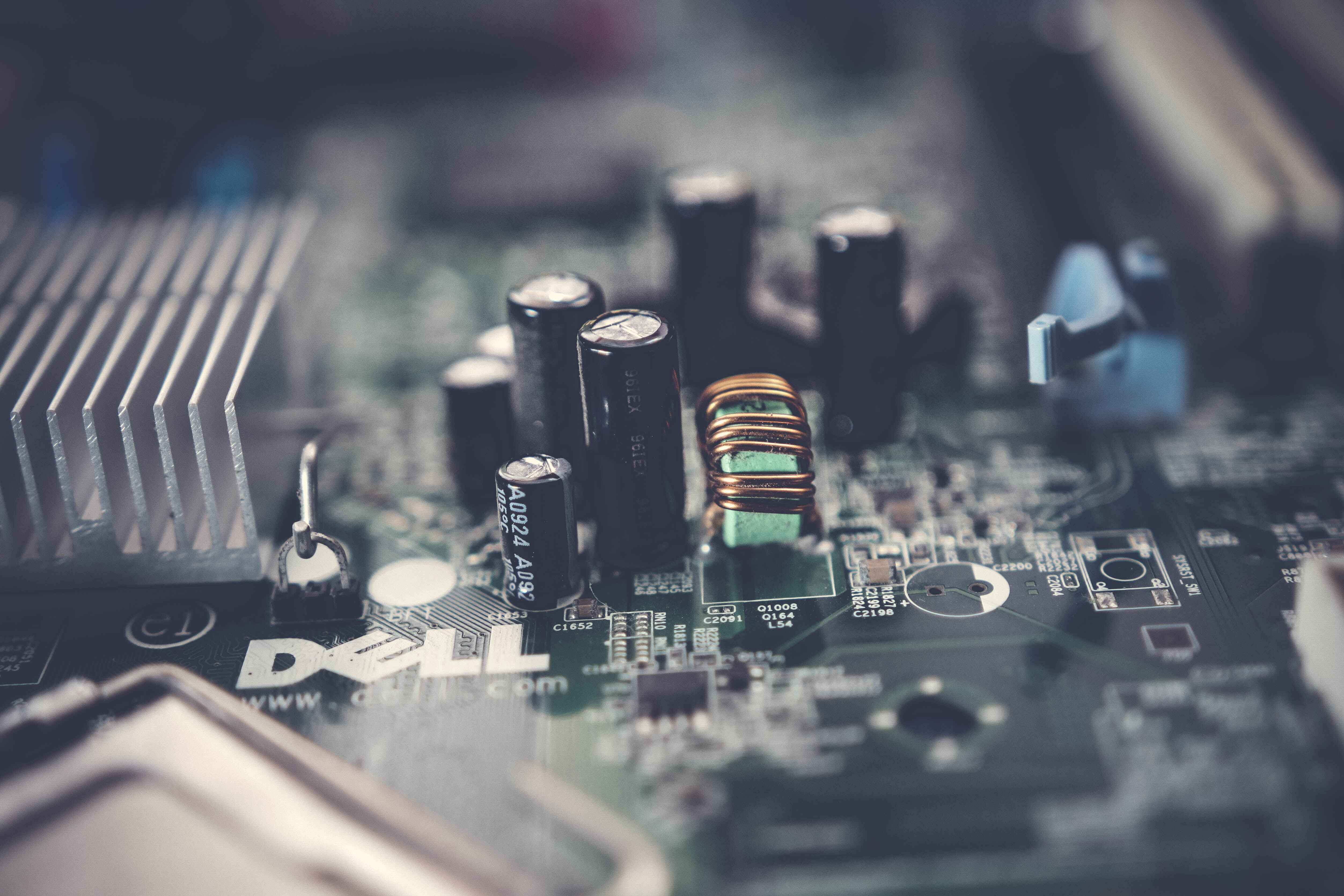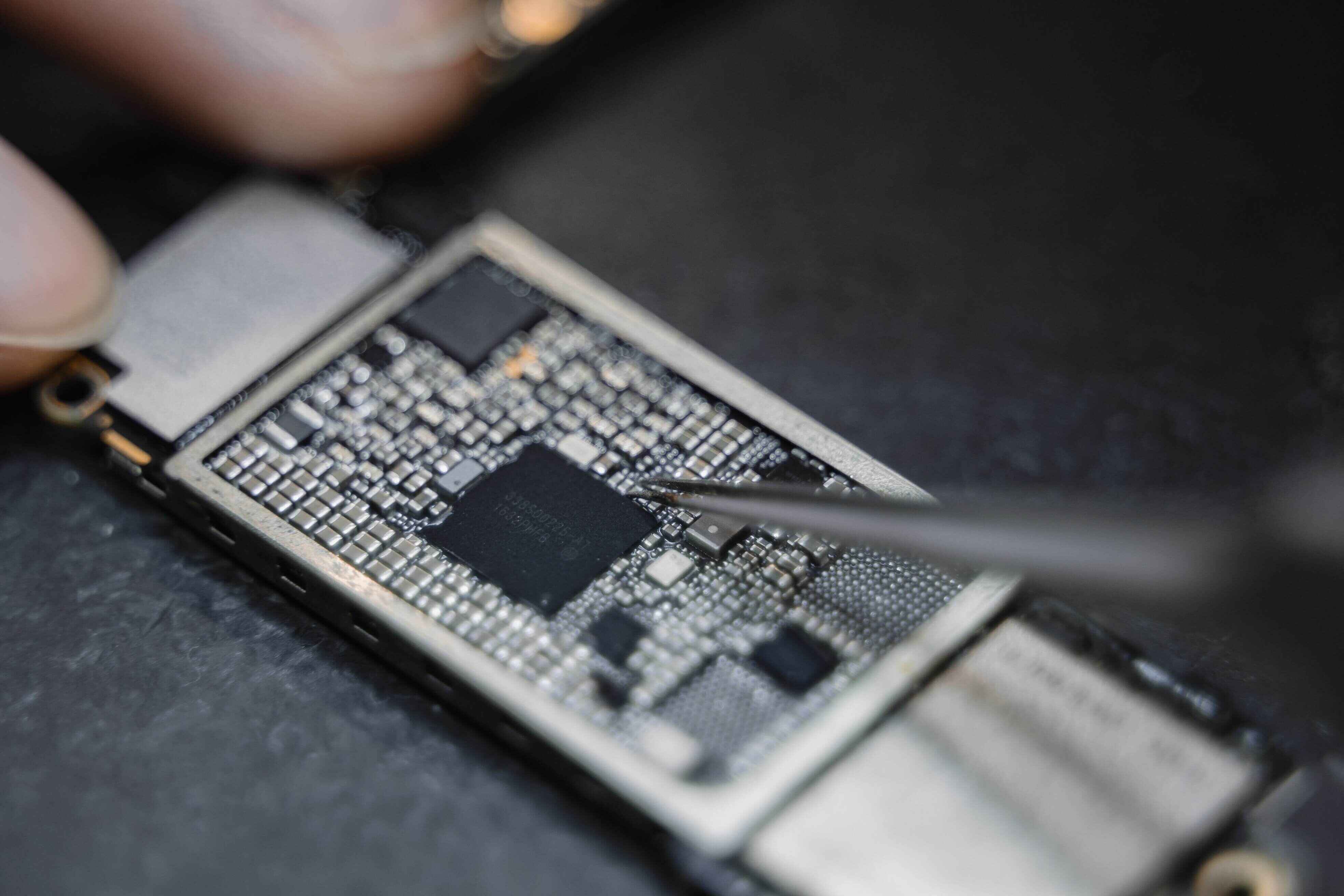Aug 28, 2023|Product Innovations and Design, Technological Advancements and Materials
Have you ever wondered how electronic devices maintain quality and performance over the long term? The secret lies in a technique called through-hole technology.
In this blog post, we’ll explore what through-hole technology is, how it works differently from its counterpart – surface mount technology- and why it’s essential to high-reliability products like industrial equipment and aerospace systems.
Keep reading to discover the benefits that might make you a fan of this underrated electronics hero!
Table of Contents
What Is Through-Hole Technology?
Through-Hole Technology is a method of mounting electronic components onto a printed circuit board (PCB) by inserting leads or wires through drilled holes and then soldering them on the opposite side to create secure connections.
How Through-Hole Technology Works
Through-hole technology functions by inserting the leads of components into drilled holes on a printed circuit board (PCB). The component leads are then soldered onto pads on the opposite side of the board.
This method creates a secure bond, making through-hole assemblies ideal for high-stress or high-power situations. Unlike surface mount technology, where components sit atop boards, through-hole mounting increases sturdiness and longevity due to its robust physical connections.
Because of their long lead lengths, through-hole components can handle more vibration and mechanical stress – an essential feature for aerospace and automotive industries where product resilience is paramount.
Moreover, this sturdy construction makes swapping components during prototyping or manual repairs easy.

How Through-Hole Mounting Works
Through-hole mounting is the process in which electronic components with leads are inserted into pre-drilled holes on a printed circuit board (PCB). This method utilizes both sides of the PCB, ensuring a sturdy physical connection.
Firstly, the leads of the electronic components go through the drilled holes. Once the components have been positioned properly, they soldier them onto the PCB, usually on the side opposite to the component. This soldering forms a robust mechanical and electrical connection between the component and the PCB.
This secure bond created by through-hole mounting stands up to high-stress situations and can handle high power levels. Therefore, it is ideal for applications where mechanical stress and power requirements are significantly high.
The simplicity of replacing components using through-hole mounting makes it a go-to technique in prototyping stages. It also allows for easy adjustments in the design process.
Through-hole mounting is a reliable method for creating strong, long-lasting connections in electronic assemblies.
Applications of Through-Hole Technology
Through-Hole Technology is widely used in automotive electronics, industrial equipment, and aerospace and defense systems.
Automotive Electronics
Through-hole technology is crucial in the automotive electronics industry, offering substantial benefits for modern vehicular systems. In particular, it’s known for providing robust and secure connections during PCB assembly, ensuring that crucial electronic components function efficiently under various conditions.
This reliability becomes paramount with vehicular operations often involving higher stress levels than other digital devices. The strength of these mechanical bonds is achieved when through-hole components are drilled securely into the PCB design.
Unlike surface mount counterparts, these bulkier components can handle more power, making them an irreplaceable part of automobile electronic units – from infotainment systems to critical safety features like anti-lock braking systems.
Despite facing competition from newer technologies over time, through-hole technology remains a reliable solution for constructing reliable and efficient automotive electronics.
Industrial Equipment

Through-hole technology plays a significant role in powering various industrial equipment. Its robust mechanical and electrical connections ensure reliable performance even in demanding environments.
Through-hole components, from control panels to motor drives, strengthen and stabilize these rugged applications. They can handle higher currents and temperatures than surface mount technology, making them ideal for heavy-duty machinery requiring efficient power distribution.
Additionally, through-hole technology allows for easier manual soldering and repair, providing greater flexibility during the manufacturing process and reducing downtime in case of component replacement or maintenance needs.
Aerospace and Defense Systems
Through-hole technology is crucial in aerospace and defense systems, where reliability and durability are paramount. With extreme accelerations, high temperatures, and the need for solid mechanical connections, through-hole components provide the robustness required for such applications.
Through-hole technology ensures that electronic products in these industries can withstand the rigors of their operational environments. Moreover, through-hole mounting allows for easier repair and rework if any components need to be replaced or updated on a printed circuit board.
This makes it an ideal choice for prototyping and testing before finalizing designs for aerospace and defense systems.
Benefits of Through-Hole Technology
When comparing surface mount vs. through-hole technology, one of the main advantages of the latter is its superior mechanical strength compared to surface mount technology.
Components
Through-hole components are soldered to metal pads, creating secure and long-lasting connections that can withstand mechanical stress.
This technology is particularly well-suited for applications where durability and reliability are paramount. Industries such as aerospace, automotive, and industrial equipment rely on through-hole technology because it provides robust connections to handle heavy or bulky components. This ensures optimal performance even in demanding environments.
Practical Applications
Another advantage of through-hole technology is its ease of use for prototyping purposes. Engineers must quickly test various component configurations during the design phase before finalizing their designs. Through-hole components allow for easy swapping and replacement, making prototyping more efficient.
Top-Notch Efficiency
Despite the increasing popularity of surface mount technology, through-hole technology remains an essential part of PCB design due to its unmatched strength and reliability. While surface mount technology may offer benefits like miniaturization and space-saving advantages, through-hole mounting continues to be valued in industries where high-quality connections are critical.
Overall, through-hole technology proves reliable and durable in various applications while providing the flexibility needed during product development. Its strong mechanical bonds ensure optimal performance under challenging conditions – a vital factor across sectors like aerospace, automotive electronics, and industrial equipment systems.
Conclusion
Through-Hole Technology offers numerous benefits in electronic product manufacturing. Its stronger connections between layers ensure reliability and durability, making it ideal for high-reliability products like automotive electronics, industrial equipment, and aerospace systems.
Additionally, the elimination of creating new solder stencils reduces costs while allowing for easier prototyping. While through-hole technology does have some drawbacks, such as higher board costs and additional drilling requirements, its advantages make it a practical choice in specific applications.
- Sunny Patel is the Engineering and Sales Manager at Candor Industries. Sunny is trained as a IPC-A-600 trainer, AS9100 Lead auditor, IPC CID and got his Engineering degree at the University of Toronto.
Latest entries
- February 27, 2024Technological Advancements and MaterialsHow to Order a PCB Assembly
- February 26, 2024Product Innovations and DesignReduce PCB Design Cost
- February 7, 2024Technological Advancements and MaterialsNavigating Low-Cost PCB Assembly
- January 24, 2024Quality and TestingA Guide To Automated Optical Inspection (AOI)


